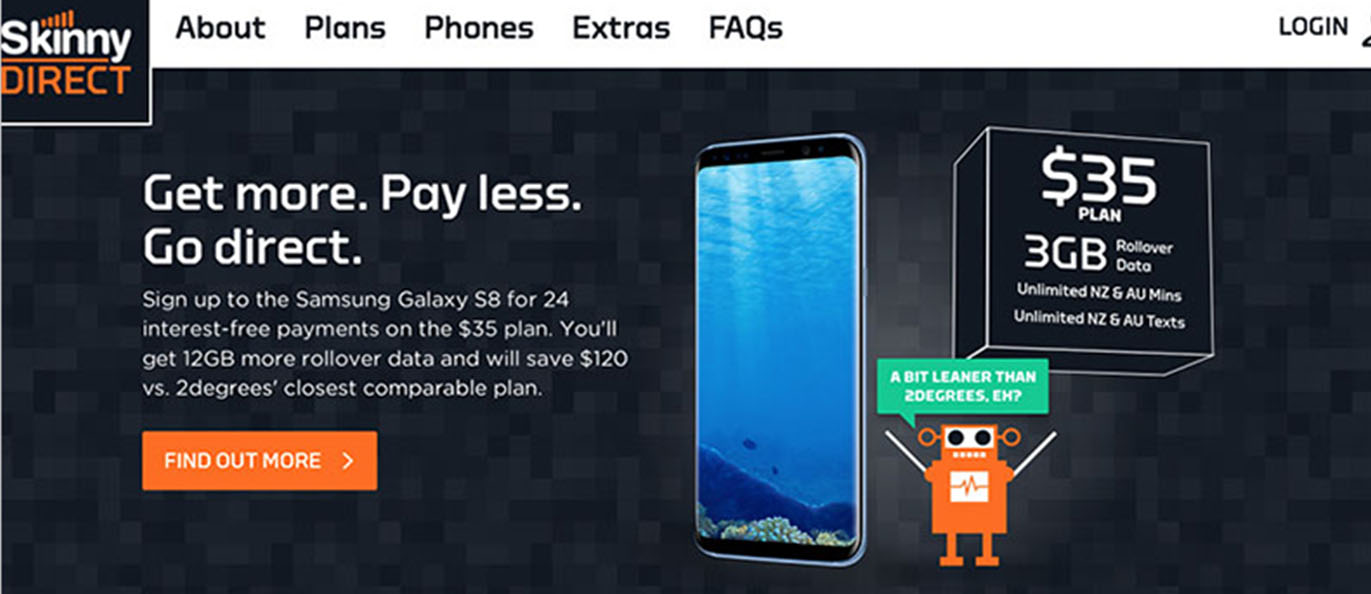About Propellerhead
Our office.
Overview
Propellerhead is a leading software-services company who use a range of technologies to deliver a portfolio of software solutions to commercial, non-profit and governmental clients.
We predominantly hire senior-level specialists, and we’re interested in speaking with technology professionals who would like to relocate to New Zealand with their families.
Core beliefs and Modes of Operation:
We are a developer led organisation, and we operate using lean/agile methodologies. We believe in only writing the code which is necessary to continuously deliver, and we support our code post production using DevOps. We love open source software, especially, commercialised variants, and we also believe that Open Data is very important.
We take great pride in what we do and provide structure and discipline around our modes of delivery. We know our modes are challenging for some clients but we also know that many clients are seeking a way to establish good value business outcomes in a short time frame.
History
Propellerhead was formed in 2002 with the goal to change the way software services were delivered in New Zealand. Fast forward 20 years and we now work with some of our countries largest entities, to build interesting and challenging technology, and to help improve the lives of millions of New Zealanders every day. Across our 20 years in business, our clients have included Auckland Transport, New Zealand Rugby, Avid AML, New Zealand Post, BlinkPay, Starship Children’s Hospital, SkyBus, Ministry of Education, Auckland Museum, and more.
How We Work
Our typical client engagements are large-scale, but often start small. We concentrate on the right combination of methodology, architecture, technology, and appropriate operating model.
We believe software’s ‘natural state’ is live, in front of real users, and used for the purpose it is intended. The earlier we can deliver working software, the sooner we are creating value.
Holacracy
Propellerhead has moved away from traditional company hierarchy, and practices a flat organisational structure that takes its influence from Holacracy. Instead of being accountable to managers, we’re all accountable to our individual roles and responsibilities. We made this change in order to empower our people and to allow them to focus on managing their work rather than managing people.
Our work is organised around cross-functional, self-managing teams, all of which include roles required to contribute to the successful delivery of value. The most effective development team for us consists of 5 people (4 Developers and 1 Quality Analyst). Revenue teams (containing Product Owners and Service Owners), work with and support our development teams. Our Optimisation teams (site reliability engineers and technical support analysts) work on maintaining and optimising client systems.
Badge System
We’ve built our own skill-based badging system to recognise the ability of our team, allow employees to take charge of their professional development, and help ensure a transparent competency review system.
Business and technology magazine Idealog covered it when it was still in development - you can read about it here.
We invite candidates to meet us in New Zealand for final interviews year-round, and we’re periodically in Asia and Europe to meet candidates.
Our offices are located in central Auckland, New Zealand.
Propellerhead founder Andrew Weston discusses the way we work in more detail:
Current and Previous Work
Creating and maintaining a strong partnership with our clients is very important to us, and means we're a little different to other services companies. We're selective with who we bring on as clients, preferring to work with entities who understand and compliment our way of working. We only focus on activities that create value, streamlining the engagement and providing a good return on investment.
Instead of all-encompassing software projects with a “do it once, do it right” mindset, our approach sees us deliver in small increments, regularly checking in to measure progress against product objectives. Each new iteration provides an opportunity for adaptation based on user behaviour and ever-deepening insights.
We treat unvalidated ideas as hypotheses, using small experiments to prove (or disprove) an idea and its underlying assumptions. Idea validation is often stepwise: determine whether there is a problem to solve, validate whether there is a market (will anybody value the solution?), and finally, invest in building a solution of substance.
Below are examples of some of the work we have completed over the last few years.
Auckland Transport
In the last 12 months, roughly 90 million journeys were taken by Auckland's residents using buses, trains and ferries. On average, 99.8% of Auckland's 1.4 million population will take public transport at least once in their lives.
Auckland Transport (AT), is the Government entity responsible for ensuring these journeys happen, and we’re among the providers building technology solutions for local commuters. We’ve built multiple applications for AT to help manage public transport journeys among other things, and after working with AT for over 10 years, they're now our largest client.
AT Mobile: bus tracking consumer mobile app,
Rapid Replacement: replacing AT's realtime network management system
Live Occupancy: feature in AT Mobile which has received global coverage
AT Hop: UI for the electronic fare payment system on public transport
AT.Govt.NZ: main AT website
Tertiary Concessions: AT Mobile feature allowing tertiary students to view fare concessions/discount eligibility status
Train Line Health: AT Mobile feature allowing users to see whether trains are running to schedule or not
Back-End Systems: data tracking, collation and distribution for a wide variety of AT initiatives.
New Zealand Rugby
NZR leads, supports, grows and promotes New Zealand's national game. They manage our national teams, administration of national competitions, participation in international competitions and matches, and assist community rugby throughout the country.
We previously worked on a number of products and services for NZR, including a live-streaming platform allblackstv.com, MyRugby, the official mobile app for the New Zealand Rugby community, and the Japanese version of allblacks.com.
Technologies used so far: SilverStripe, PHP, ReactJS, React Native, AWS (Lambda, SQS, Elasticache, Kinesis), Auth0, Bitbucket CI/CD.
Starship Children’s Hospital
Starship Children's Hospital is one of the first purpose-built children's hospitals in New Zealand, and the largest such facility in the country. It provides family centred care to children and young people throughout New Zealand and the South Pacific.
Our team previously worked on a new website for Starship, which focussed on adding site functionalities and optimising the user experience for donating via the website.
Technologies used so far: Gatsby, React, Netlify, Contentful
Dimension GRC
The New Zealand Government has made a number of changes to the Anti-Money Laundering and Countering Financing of Terrorism (AML/CFT) Act to better tackle money laundering and terrorism financing. This amended act extends the existing act to include a greater range of businesses involved in financial transactions.
The team at Dimension GRC identified a gap in the market for low-cost, simple "compliance as a service" for small and medium businesses. We came on board to turn their idea into a working SaaS product, which was launched in November 2018.
Technologies used: Jira, Bitbucket, Bitbucket Pipelines, Java, Maven, Sprint Boot, JUnit, Mockito, React JS, Redux, Webpack, Babel, Mocha, Express Server, Postgres, MongoDB, Selenium, Cucumber, Loggly, New Relic, Nginx, Docker, EnvKey, Jfrog Artifactory, Auth0, Formstack, Verifyidentity (CloudCheck), and AWS services (S3, Elastic Beanstalk, Cloud Front, ACM, Rout 53, RDS). Their brochure site was designed by us also.
BlinkPay
BlinkPay has been established as an NZ-wide digital invoicing platform. It is intended to allow businesses to deliver bills directly to customers by integrating with internet banking platforms of major NZ banks.
We helped BlinkPay with technical support and a Proof of Concept.
Skinny
Skinny Mobile is an award-winning prepay mobile provider owned by telco provider Spark, but operated as a separate entity while still utilising Spark’s network. Our work for them included:
Consumer Website: skinnydirect.co.nz
Customer Service Portal
Mobile App: Skinny Direct
Auckland Museum
The Auckland War Memorial Museum embarked on a journey with us to share its rich collections with the world, hoping to reach more people, in more ways than through its website alone. Our work for them included:
Linked Open Data Platform: a platform which links to thousands of other such datasets using Linked Open Data, adding to a global “knowledge commons.”
For its subsequent contribution to open data, the Museum has recently been named alongside the BBC, the World Bank, and other global greats as an example of best practice for web standards. Read the Case Study >>









